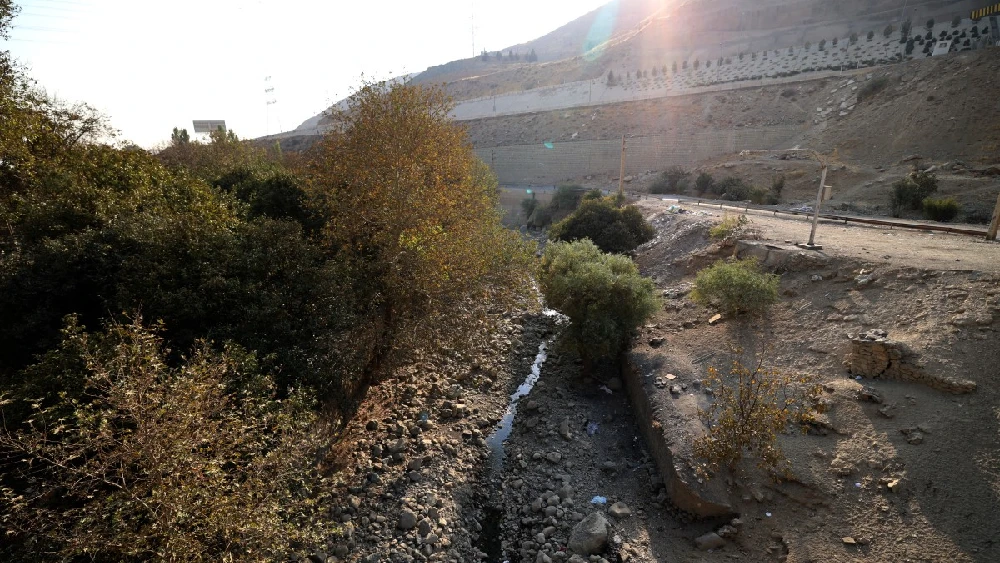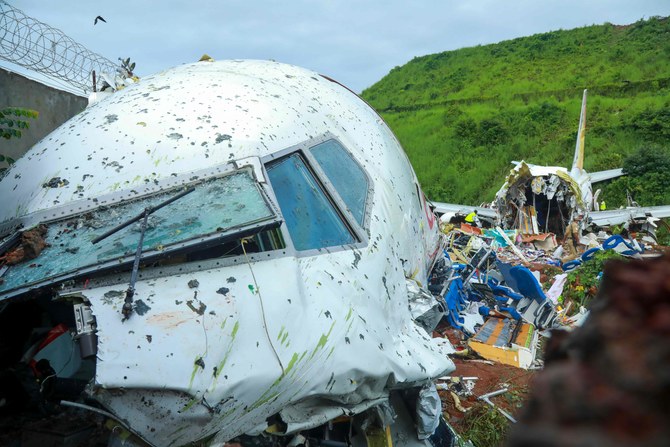ISLAMABAD: An Indian Air Force Pilatus PC‑7 Mk II trainer aircraft crashed near Tambaram in Chennai’s Chengalpattu district on Thursday during a routine training mission, adding to yet another IAF mishap this year.
Press Trust of India (PTI) shared a video on X showing debris scattered at the site, with locals gathering after hearing a loud noise. The IAF has ordered an inquiry to investigate the incident.
The crash is the latest in a series of accidents involving India’s armed forces, raising questions about the capabilities of India’s military jets.
The IAF was involved in three major Jaguar crashes just this year, within a span of six months.
March 7: Jaguar fighter jet crash, Haryana
A Jaguar fighter jet crashed during a routine training mission in Panchkula, Haryana. The pilot ejected safely, with no injuries reported on the ground. The IAF cited a technical malfunction as a probable cause.
April 2: Jaguar trainer aircraft crash, Gujarat
A Jaguar trainer aircraft went down near Jamnagar, Gujarat, during routine training in early April. The crash resulted in the tragic death of one pilot, while the other managed to eject safely and was immediately rushed to a nearby military hospital for treatment. It was the second Jaguar crash, coming weeks after the Haryana incident. Preliminary reports, as well as a statement from IAF, shared on X suggested that a technical malfunction may have contributed to the accident.
July 9: Jaguar trainer aircraft crash, Rajasthan
Two Indian Air Force pilots lost their lives after a Jaguar trainer aircraft crashed near Bhanuda village in Rajasthan's Churu district. The crash occurred during a routine flight, again reportedly due to a technical malfunction, and marked the third Jaguar incident in 2025, intensifying concerns over the maintenance and operational safety of the aging jets.
Indian media has verified on multiple occasions that the IAF remains the sole operator of the SEPECAT Jaguar worldwide.
According to a retired Air Commodore quoted by the Indian Defence Research Wing, the Jaguar fleet has had an “alarming crash rate” in recent years: roughly two aircraft per year, according to his assessment.
These crashes are part of a larger pattern in the IAF, with multiple fixed-wing and helicopter incidents reported in recent years. One example is the February 2025 Mirage 2000 crash in Madhya Pradesh, where both pilots ejected safely after a system malfunction.
What is the reason behind these failures?
Many factors may contribute to these recurring incidents.
Aging fleet: Many of the IAF’s legacy aircraft, including the Jaguar and MiG-21, have been in service for decades. Even with proper maintenance, older airframes are particularly susceptible to technical failures.
Maintenance and safety protocols: Air Chief Marshal A.P. Singh stated in a speech on the 93rd Air Force Day at Hindon Air Base, Uttar Pradesh, that training must be "honest, rigorous and relevant... at all levels". But the string of recent incidents highlights the air force's continued downward trajectory.
Technical malfunctions: Multiple incidents in 2025 alone, including the Jaguars and the recent PC‑7 crash, were preliminarily attributed to system or engine malfunctions.
Pilot error: Human error remains a significant contributor, especially during training missions or complex maneuvers. The Indian Parliamentary Standing Committee on Defence noted on Dec. 20, 2024, that 19 of 34 crashes between 2017 and 2022 involved human error.
The Global Firepower Index 2025 ranks India fourth in conventional military strength. However, it continues to experience repeated accidents that reveal serious flaws in the safety, maintenance, and operational reliability of its air force.
.jpg)

.jpg)




